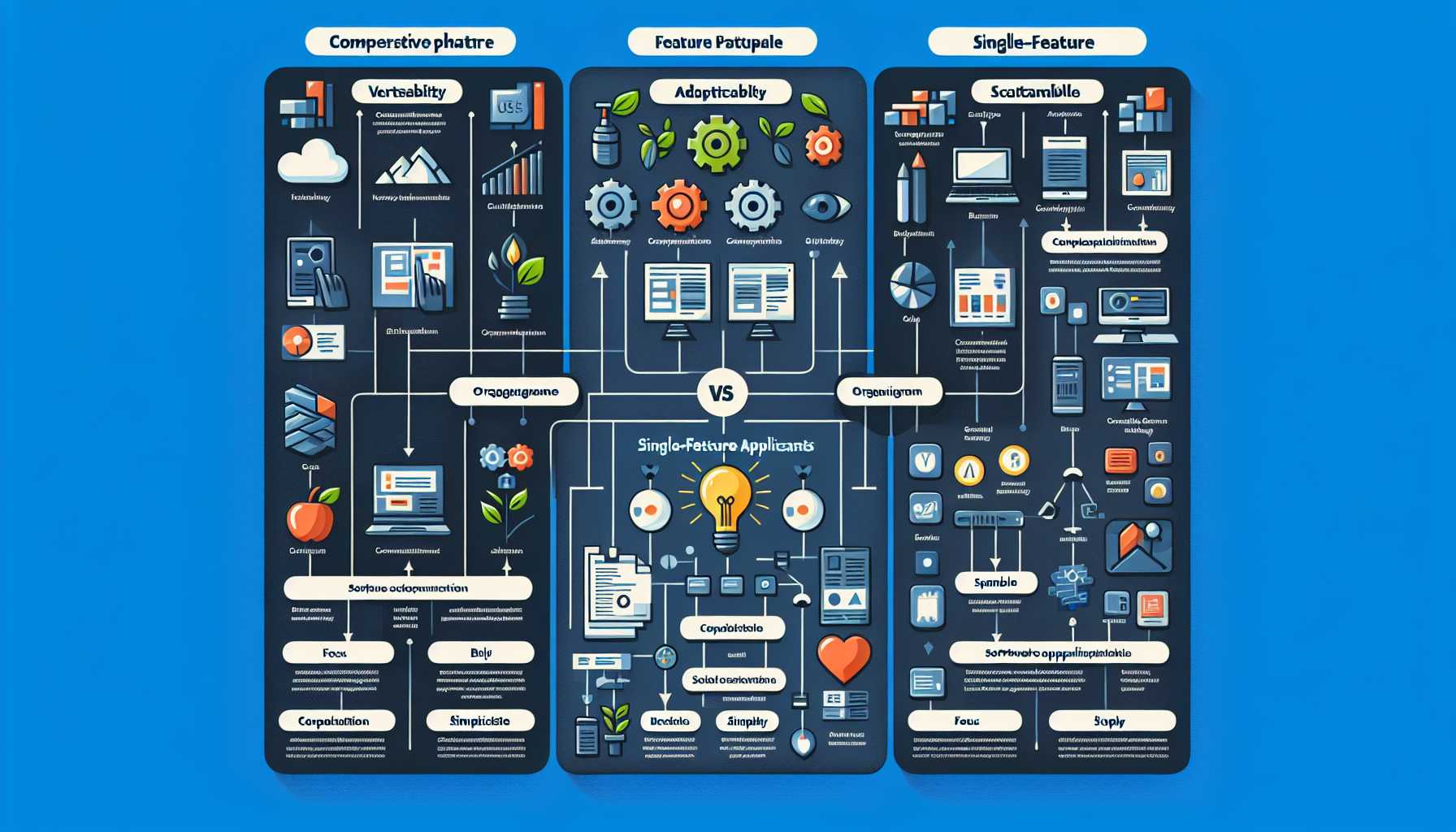Welcome once again to my seasoned product champions!
Managing a platform-based product versus a single-feature app can feel like captaining a fleet versus steering a speedboat. Each has unique challenges and requires a distinctive approach to navigate effectively. In this post, I will reflect on my experiences with both and provide insights that might help you steer these distinct vessels.
Platform-based Products: The Ecosystem Mindset
In the realm of platform-based products, one must adopt what I like to call the ‘Ecosystem Mindset.’ A platform is not just a product; it’s an evolving ecosystem that must support a variety of user needs, third-party integrations, and possibly a range of interoperable products and services.
From my experience, a successful platform strategy often centers on the ‘Core Value Unit’ (CVU), which is the central functionality or service that delivers the most value to the widest part of your user base. In one of my past projects, identifying and continuously refining the CVU proved essential in driving user engagement and platform growth. The vitality of the ecosystem depends on the health and appeal of the CVU.
Single-feature Apps: Mastery of Simplicity
Conversely, single-feature apps thrive on simplicity and excellence in execution. It’s about perfecting a focused solution to a specific problem. At one company, we managed a single-feature app that became a market leader. Its success was attributed to the ‘one job done well’ philosophy, which we coupled with a relentless pursuit of user feedback and data-driven refinement.
The Development Approach: Agility vs. Stability
When managing platform-based products, the development process must strike a balance between agility and stability. We employed a “layered” approach, ensuring the core layers of the platform were robust and less prone to frequent changes, while peripheral features and services were more flexible and could be iterated on swiftly.
For single-feature apps, a lean development process worked best. Adapting the Kanban methodology, we maintained high throughput and quick response times to user needs, which allowed us to swiftly iterate and improve the core functionality.
Revenue Models: Monetizing Versatility vs. Precision
Platform-based products often have a range of monetization strategies, such as subscription models, pay-as-you-go services, or marketplace transaction fees. For one platform I oversaw, we mixed these models, which not only diversified our revenue streams but also tailored the business model to different users’ needs and usage patterns.
Single-feature apps, with their narrow focus, usually rely on direct sales or in-app purchases. Keeping the app free and charging for premium features proved to be a successful strategy for driving the adoption of an organizational tool we developed, tapping into the ‘freemium’ model.
Market Positioning: Building a Brand for Longevity vs. Immediate Relevance
In positioning a platform, one must consider long-term brand building. Platforms need to stand for reliability, scalability, and community. I remember one platform where we focused on community engagement, contributing to a strong brand presence that has since proven to be a valuable intangible asset.
With single-feature apps, the focus is on solving an immediate problem superbly. The brand positioning is all about being the best answer to that problem. By positioning an image editing app as the simplest way to professional edits, we captured a segment of users who valued efficiency over all else.
User Experience: Consistency vs. Peak Performance
UX for platforms calls for consistency and intuitive navigation across the ecosystem. We implemented a design system that ensured a familiar and cohesive experience, despite the platform’s complexity, which was vital for user retention in a competitive analytics platform I led.
For single-feature apps, it’s about peak performance and speed. The simplicity of the UX is its trump card. During my tenure overseeing a meal-planning app, a clutter-free design and snappy performance were non-negotiable, directly correlating with our high user satisfaction ratings.
To conclude, platform-based products and single-feature apps are as different as managing portfolios and individual stocks. They require different mindsets, strategies, and management styles. Mastery comes with understanding these differences and applying the right principles to the right product type.
I look forward to hearing your thoughts and learning from your experiences with these types of products. Share your stories in the comments, and let’s continue to grow together in the art and science of product management.

